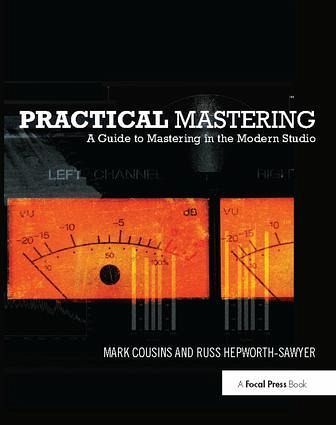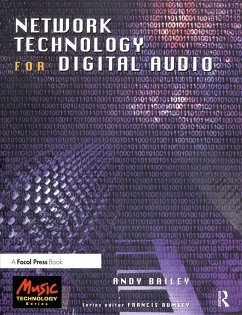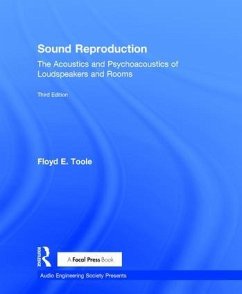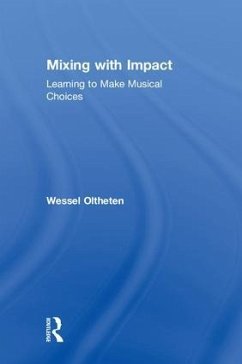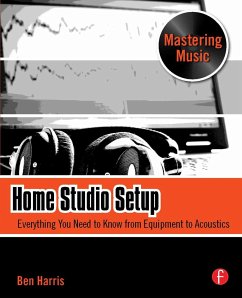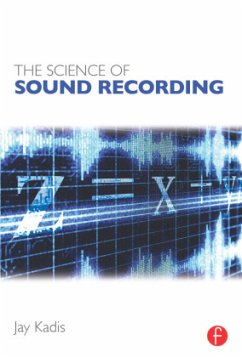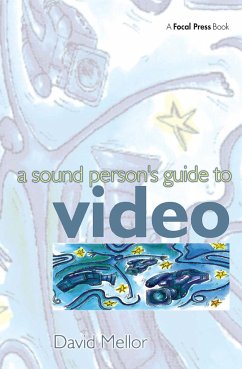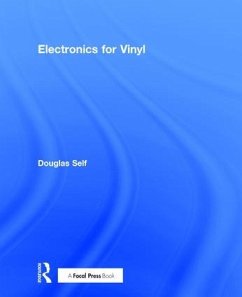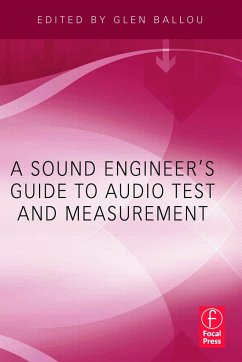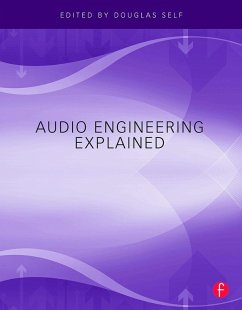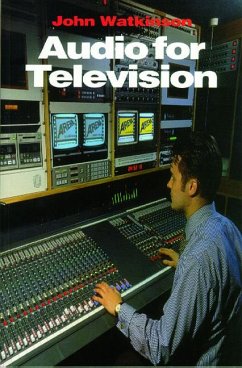Mark Cousins works as a composer, programmer and engineer, as well as being senior writer for Music Tech Magazine. His professional work includes composing music for some of the world's largest production music companies - including Universal Publishing Production Music - with broadcaster credits including BBC1, BBC2, ITV, Channel 4, Five, BBC World and Sky One, among others. He has also had works performed by the Royal Philharmonic Orchestra, the East of England Orchestra, City of Prague Philharmonic Orchestra and the Brighton Festival Chorus, as well as having mixed several orchestral albums for BMG Zomba. Russ Hepworth-Sawyer is a sound engineer and producer with extensive experience in all things audio. He is a member of the Association of Professional Recording Services and the Audio Engineering Society; a Fellow of the Institute For Learning (U.K.); and a board member of the Music Producer's Guild. Through MOTTOsound (www.mottosound.co.uk), Russ works freelance in the industry as a mastering engineer, a producer, writer, and consultant. Russ currently lectures part-time for York St John University and Barnsley College Online and has taught extensively in higher education at British institutions including Leeds College of Music, London College of Music, and Rose Bruford College. He currently writes for Pro Sound News Europe, has contributed to Sound On Sound magazine, and has written many titles for Focal Press.
